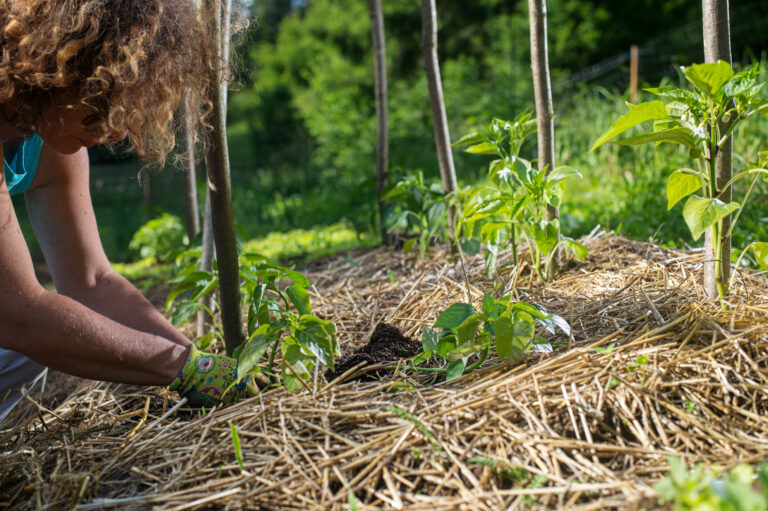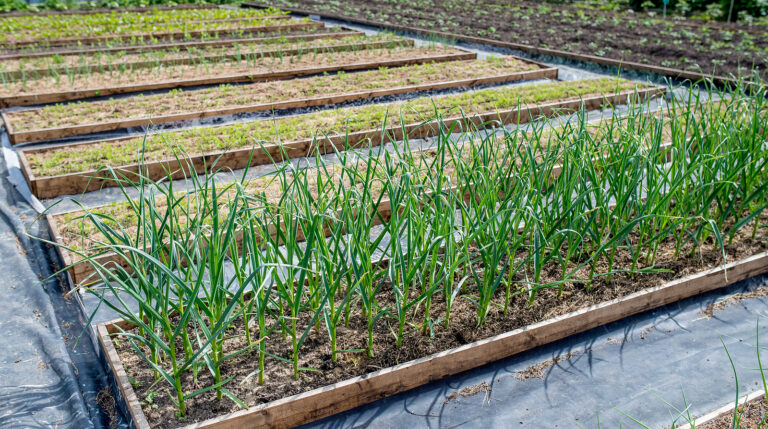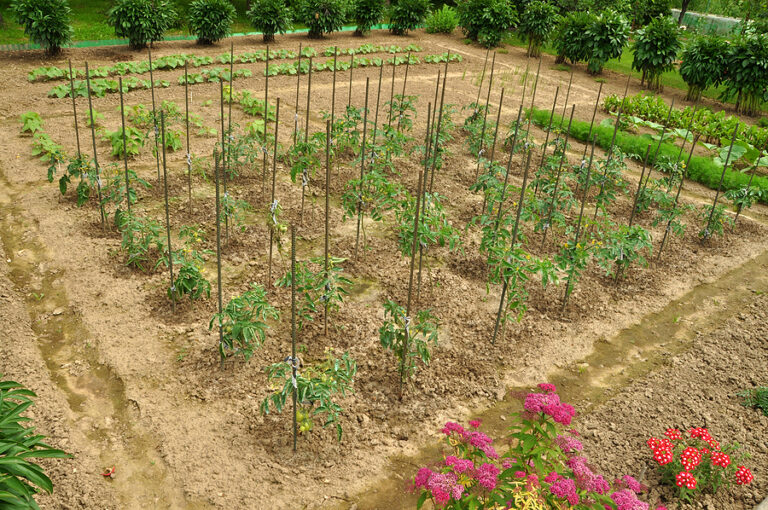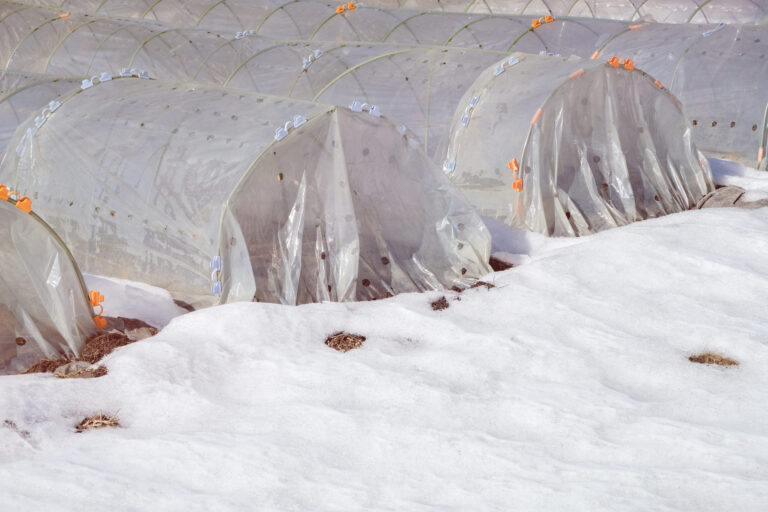Garden Tips for October
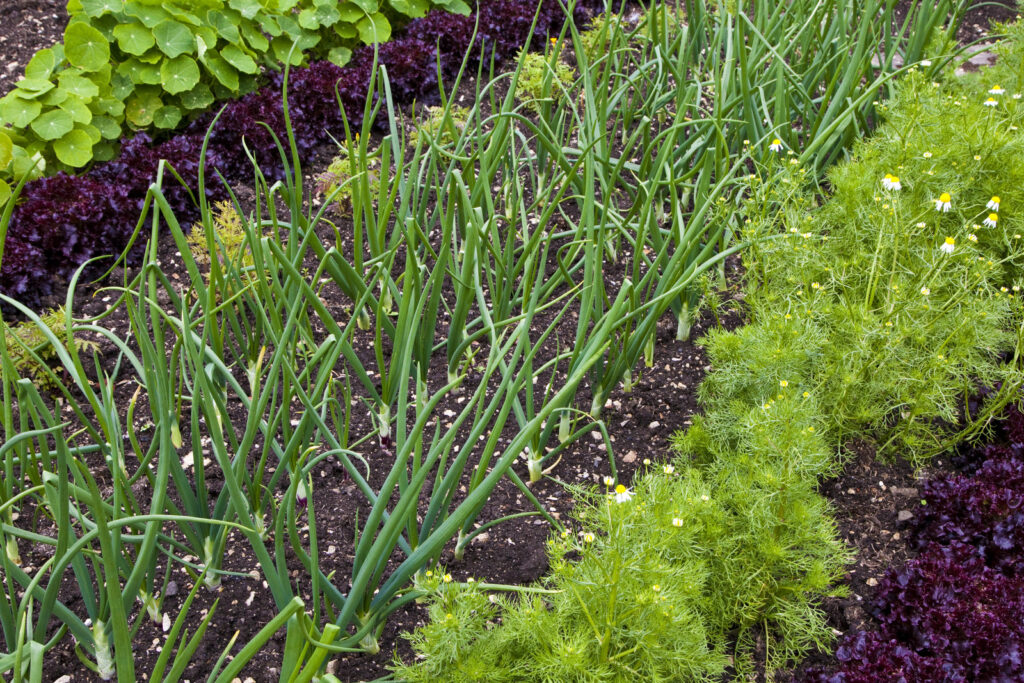 October is the right time to prepare for the coming frost and cold weather. How will you extend the season if your summer crops are not yet ready for harvest? How will you protect your autumn and winter garden from snow and freezing temperatures?
October is the right time to prepare for the coming frost and cold weather. How will you extend the season if your summer crops are not yet ready for harvest? How will you protect your autumn and winter garden from snow and freezing temperatures?
We have put together a roundup of things to do starting with a zone-by-zone vegetable garden planting and maintenance guide for October. Northern gardeners will be planting under winter protection in October; southern gardeners will be enjoying a reprieve from the heat and getting their “reverse-season” gardens growing.
Enjoy the month of October!
Vegeta ble Harvest Time Guide
ble Harvest Time Guide
Timing is everything when it comes to the home vegetable garden harvest. Once vegetables are picked they immediately begin to lose flavor, tenderness, and nutritional value. Harvest your crops as close to the time you plan to serve them, within an hour or less of serving time is best.. Read more>>
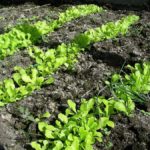 Lettuce Planting Tips
Lettuce Planting Tips
Ready to stretch your growing season: get an early start in spring or keep the season going in autumn? Lettuce is your choice. Lettuce does not like warm days and nights, so the cool time of the year is lettuce season. You can lengthen your growing season dramatically with a lettuce box–that’s a cold frame dedicated to lettuce growing. A lettuce box will protect the earliest and latest plantings, and with a light shade cloth cover, use the lettuce box for summer harvests as well. Read more>>>
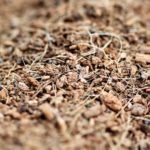 Autumn Soil Care
Autumn Soil Care
Autumn is a good time to begin preparing the kitchen garden for spring planting. Remove woody and diseased plant debris from the garden as soon as the harvest is complete–pull up tomato vines and beans and remove late cabbage, cauliflower, and broccoli stalks. Plant debris that is not diseased can be finely chopped and added to the compost pile or turned under to decompose in the garden during winter. Diseased plant refuse should be disposed of or burned. Read more>>>
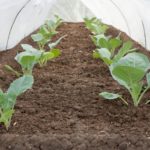 Floating Row Cover Plant Protection
Floating Row Cover Plant Protection
Floating row covers are made of lightweight spun poly fabric and are laid loosely over plants. A floating row cover will protect plants from frost damage to 28°F. Row covers transmit up to 85 percent of available sunlight and are permeable to air and water. Sunlight and weather will weaken the fibers in spun poly row covers, so they should be replaced each year if they are used both at the beginning and end of the season. Read more>>>
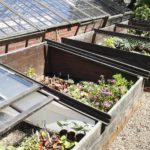 Cold Frames for Autumn and Winter
Cold Frames for Autumn and Winter
A cold frame can keep plants 7° to 10ºF warmer than outdoors, sometimes as much as 20ºF warmer. Use a cold frame in spring to give seedlings a head start on the growing season and protect them from spring frosts. Use a cold frame in autumn to extend the summer and fall growing season into late autumn and winter. Read more>>>
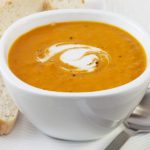 How to Make Creamy Pumpkin Soup
How to Make Creamy Pumpkin Soup
Make pumpkin soup with sweet, sugar, pie, or cheese pumpkins (small baking pumpkins). Add onions and potatoes for a sweet-savory flavor or substitute tart apples for the potatoes for a sweet-tart soup. Small pumpkins are sweeter, meatier, and have less fibrous flesh than larger ones. (Varieties to grow next year include: Sugar Baby, Baby Pam, Autumn Gold, and Long Island Cheese.) Read more>>>
 How to Make Pumpkin Ice Cream
How to Make Pumpkin Ice Cream
Here is a tasty pumpkin ice cream that is easy to make: it is simply sweetened pumpkin purée, milk, and whipping cream, frozen. Because this recipe use a purée of just harvested pumpkin, you will need about 90 minutes to prepare the ice cream mix and another 2½ hours to freeze. Read more>>>
 Tips for the October Garden in the Southern Hemisphere
Tips for the October Garden in the Southern Hemisphere
October is the month of greatest change in the southern hemisphere kitchen garden, spring is here. Now is the time to plant with the summer reward in mind. Plant tomato, eggplant, capsicum, cucumber, sweet corn, marrow, melons, zucchini, and pumpkin this month in all but the coldest regions of the southern hemisphere. Read more>>>


